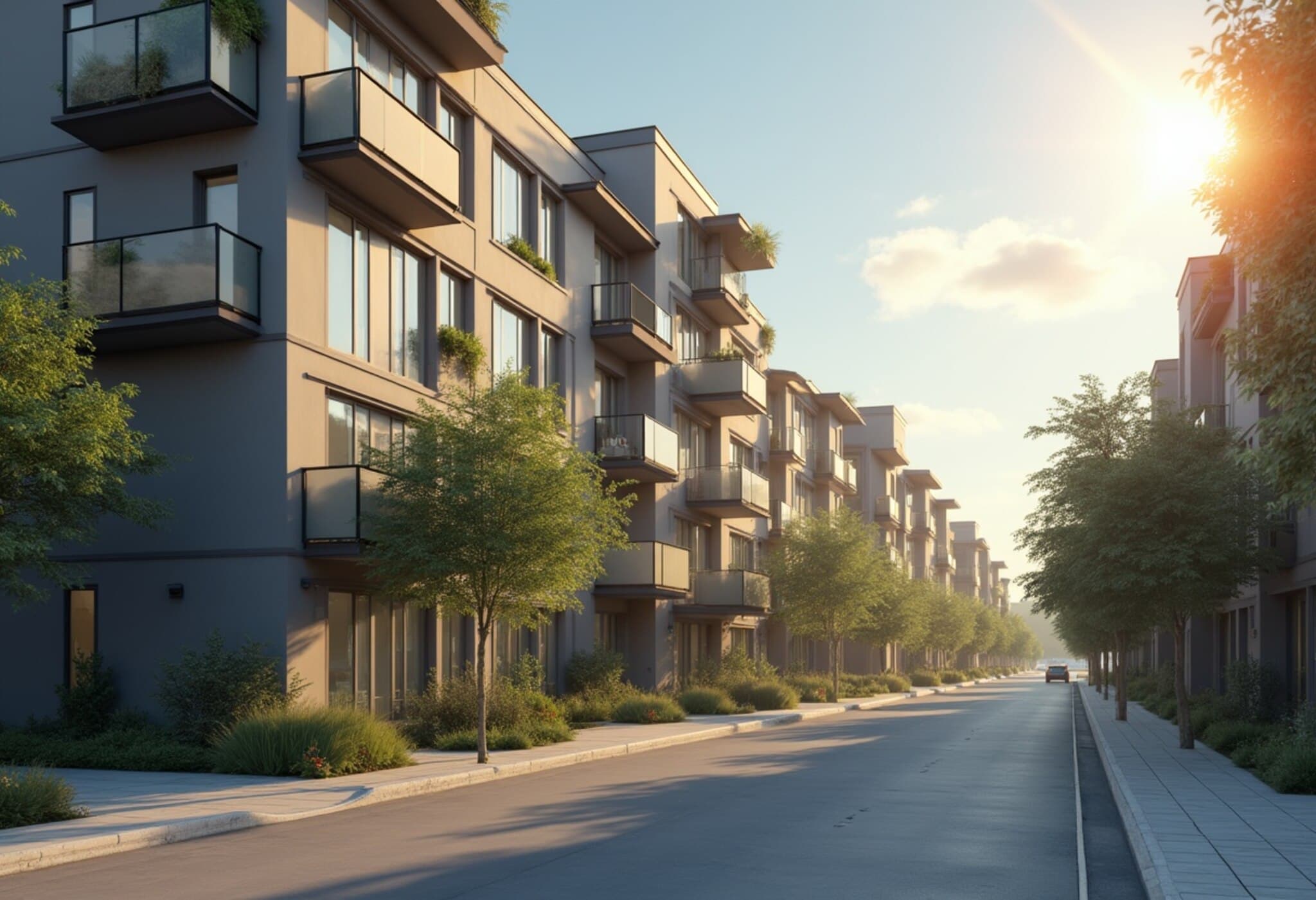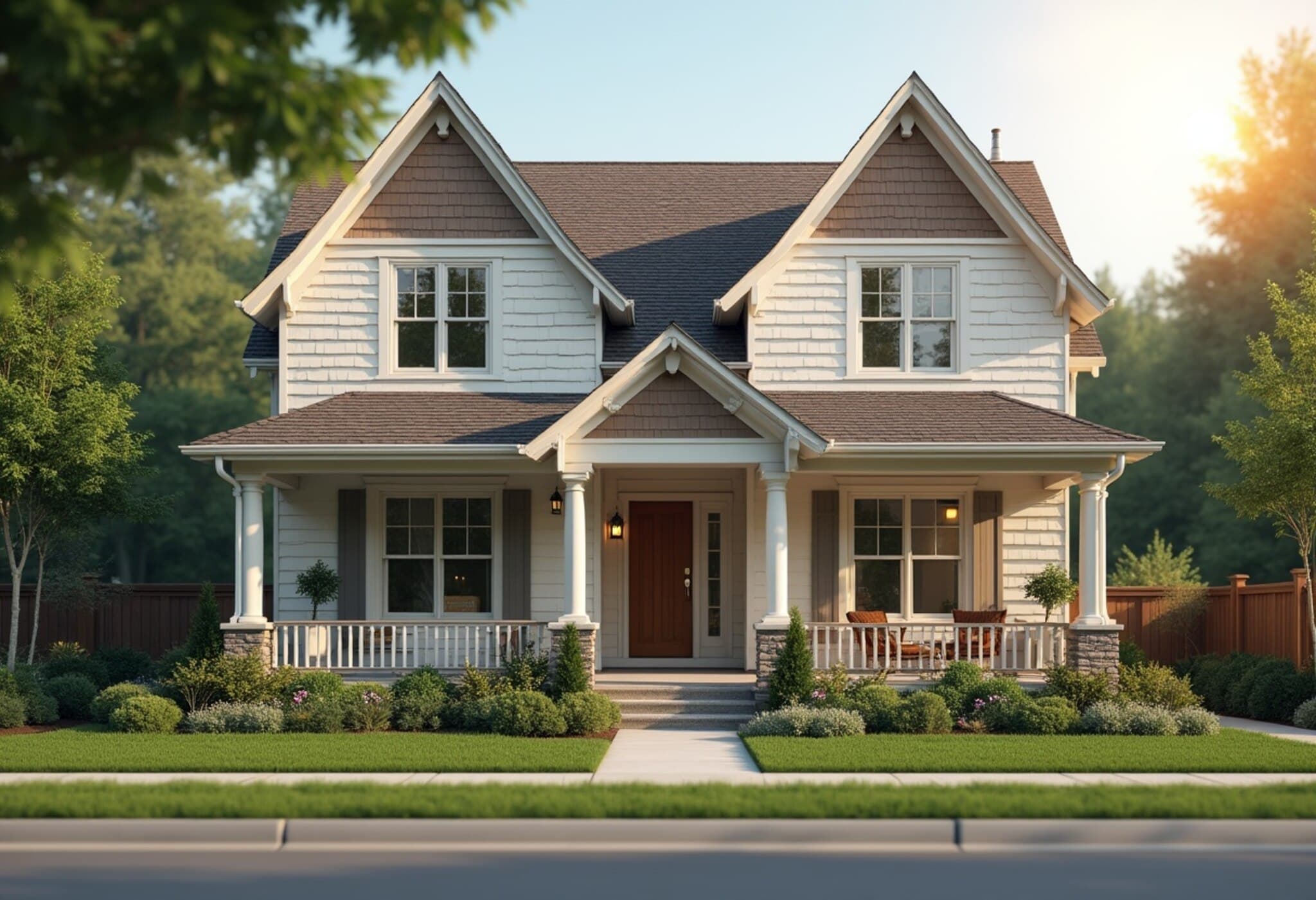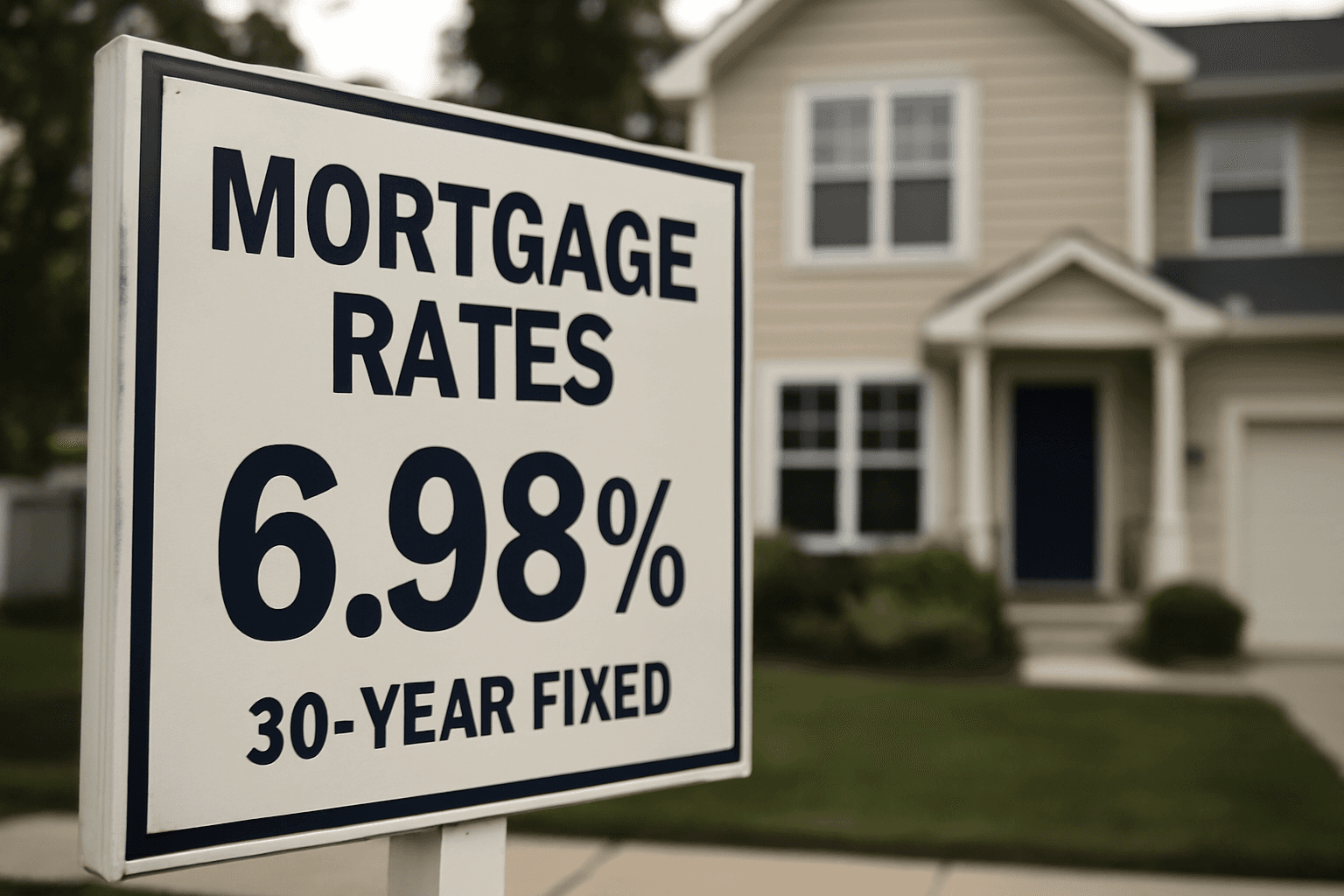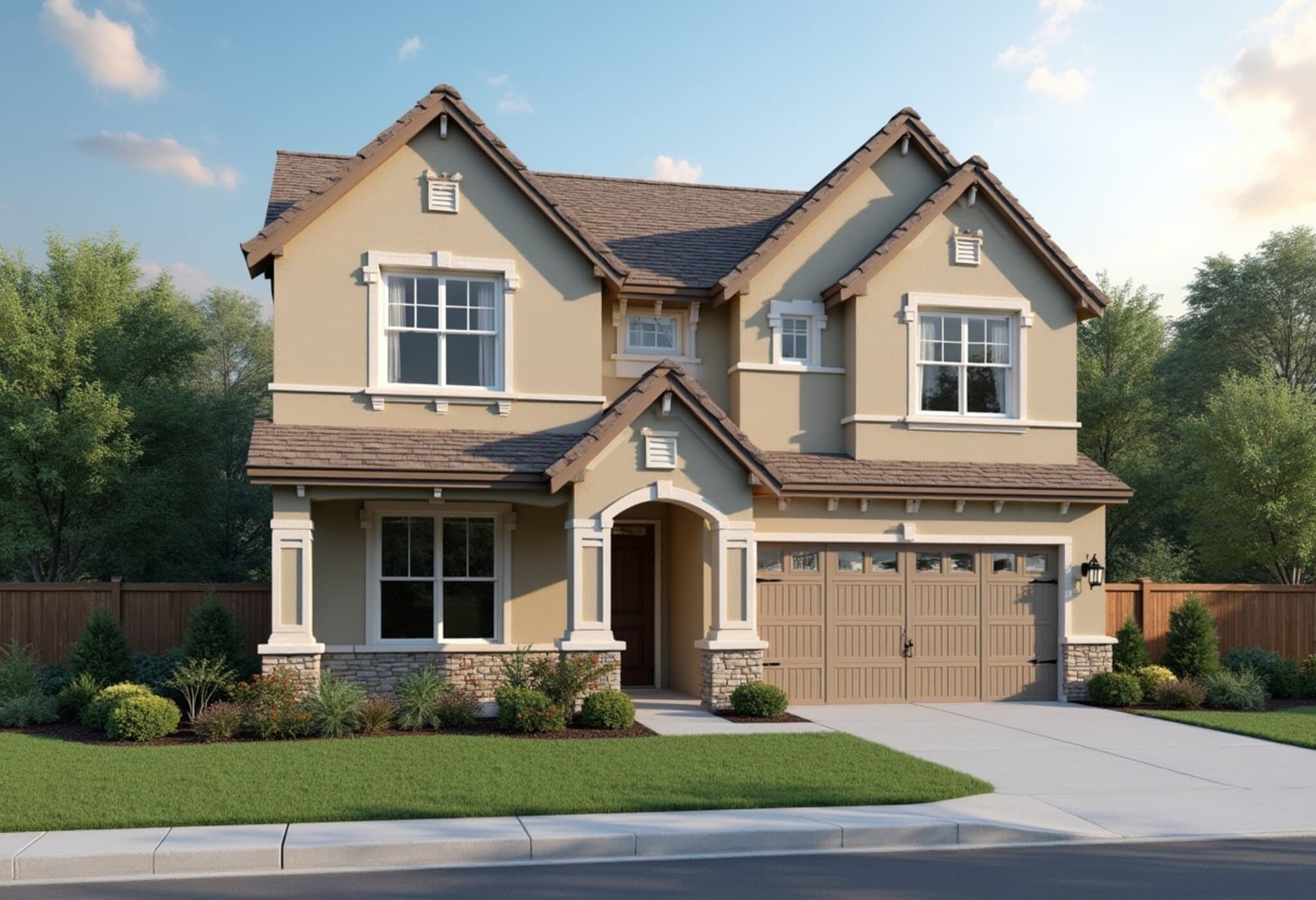Home Price Growth Decelerates Across U.S. Markets
After years of surging home prices, the national housing market is showing signs of cooling down. Recent data reveal that home prices increased by just 2.7% year-over-year in April—the smallest annual gain in nearly two years. This slowdown reflects a broader trend of tempering price momentum that is reshaping regional real estate dynamics.
Pandemic Hotspots Losing Their Shine
During the pandemic, many Sun Belt cities experienced explosive demand and rapid price appreciation. However, the tide is now turning. Key markets like Tampa and Dallas have seen price declines of 2.2% and 0.2% respectively, while San Francisco remains largely flat. Even Phoenix and Miami posted growth of just around 1%, a stark contrast to their previous robust gains.
Meanwhile, historically stable regions in the Midwest and Northeast are emerging as new performance leaders. Cities such as New York, Chicago, and Detroit recorded annual price increases of 7.9%, 6%, and 5.5% respectively, signaling a maturing market driven more by fundamental demand than pandemic-driven speculation.
Mortgage Rates Keep Buyers on the Sidelines
Mortgage rates spotlight a key headwind limiting home price momentum. After briefly surpassing 7% in April, rates have hovered just below that threshold, maintaining monthly payments at historically elevated levels. This environment particularly affects first-time buyers, who typically constitute around 40% of the market, as higher borrowing costs push affordability out of reach for many.
Supply Is Rising but Still Limited
While the number of homes for sale is increasing sharply, inventory remains constrained relative to pre-pandemic standards. According to recent analyses, only about 6% of sellers face the prospect of selling at a loss—a slight increase from last year but still unusually low. This limited supply, caused in part by existing homeowners holding onto low mortgage rates from the pandemic era and insufficient new construction, continues to prop up prices.
What Lies Ahead for Home Prices?
Despite the observed cooling, experts believe drastic price drops similar to those seen during the 2008 housing crisis are unlikely. The persistent supply-demand imbalance acts as a buffer, creating a natural price floor and mitigating the risk of sharp corrections.
As one analyst noted, the housing market is now 'reshuffled, with former pandemic favorites losing steam while traditionally steady markets maintain growth.' This evolution suggests a transition to a more balanced and fundamentally driven market, moving away from the intense speculative activity that dominated prior years.



















